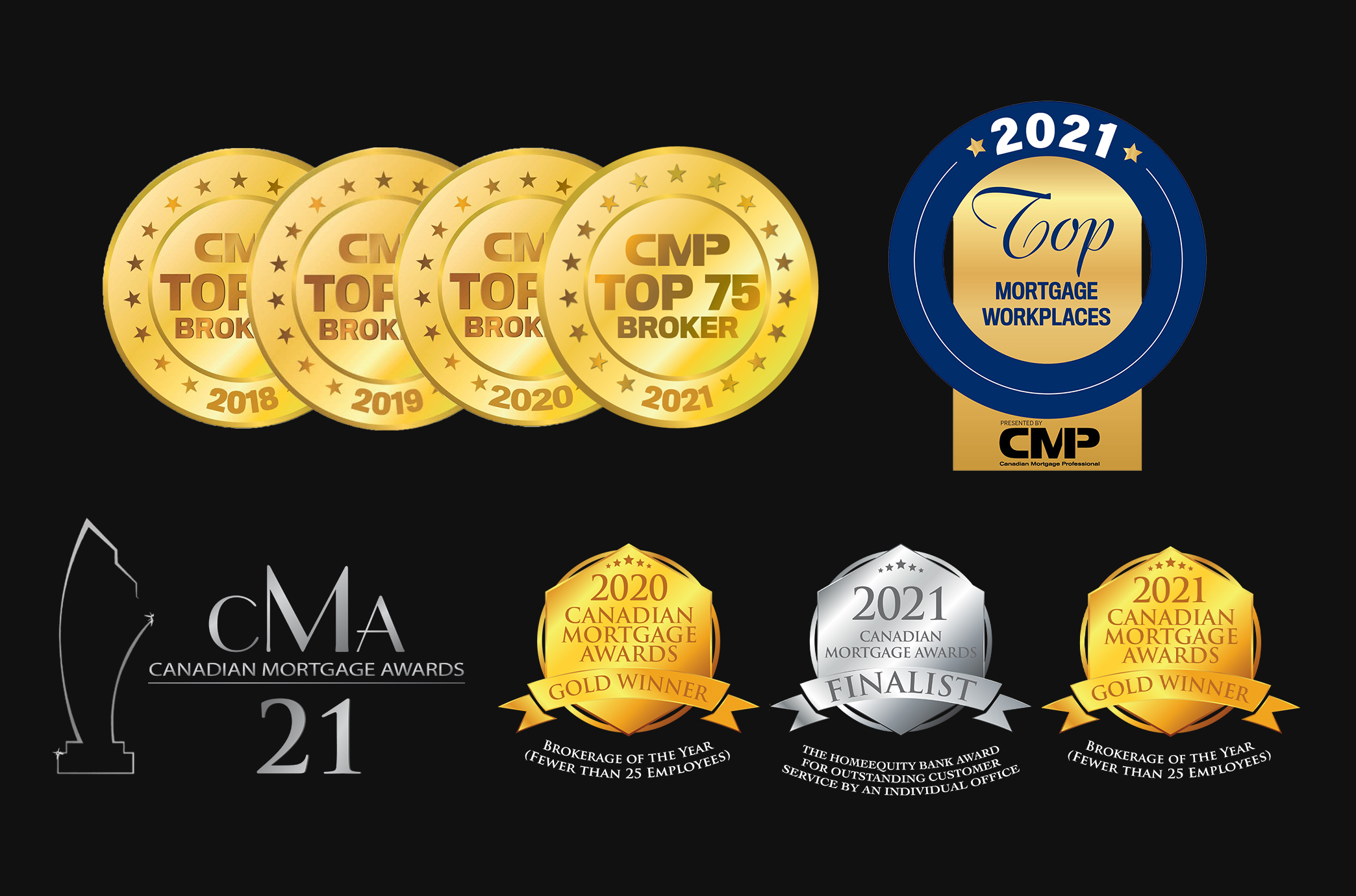Great Mortgages. The Right Insurance. Expert Advice.
Rebalanced Canadian Economy Supports Healthy Real Estate Markets Across the Country
Your Outline Financial Team.
Call or email at any time:

In the third quarter of 2015, home prices showed moderate to strong year-over-year increases in most markets in Canada, according to the Royal LePage House Price Survey¹ released today. While the effects of the crude oil shock are still filtering through the economy, the country’s non-energy sectors are beginning to regain momentum as a lower Canadian dollar stimulates sharply higher exports, particularly to the U.S., supporting overall consumer confidence and the strength of Canada’s real estate markets.
According to the report and newly introduced Royal LePage National House Price Composite, comprising house values in 53 of the nation’s largest real estate markets, the price² of a home in Canada increased 8.0 per cent year-over-year to $502,643 in the third quarter. The price of a two-storey home rose 9.9 percent year-over-year to $615,304, and the price of a bungalow increased 6.8 per cent to $421,757. During the same period, the price of a condominium increased 2.7 per cent to $338,945.
“Economic slowdowns in energy-dependent markets, most notably in western Canada, have in part been offset by both renewed industrial activity in other parts of the country and the Bank of Canada’s recent interest rate cuts,” said Phil Soper, chief executive officer, Royal LePage. “In line with recent quarters, strong national home price increases are largely being driven by continued double-digit percentage increases in the Greater Toronto Area and Greater Vancouver, where housing affordability is already becoming a growing challenge for many individuals and families.”
“Unlike the economic results seen in recent years, 2015 has been positive for Ontario, resulting in strong consumer confidence and increased housing market activity,” continued Soper. “The strength of the U.S. economy coupled with a lower Canadian dollar has greatly increased sales in Ontario’s manufacturing and services export industries. Domestically, rising economic fortunes, underpinned in part by higher residential real estate values, provide consumer-driven support for a wide range of industries, from financial services to the auto sector, further sustaining economic momentum and housing demand in a number of Ontario regions.”
In the third quarter, Greater Toronto Area (GTA) home prices saw an aggregate year-over-year increase of 11.3 per cent across housing types surveyed, to a price of $612,261, while the price of a home in the City of Toronto climbed 11.2 per cent to $639,970. In a few cases, house prices in Toronto’s suburbs are outpacing those in central parts of the city. During the quarter, the median price of a standard two-storey home in Richmond Hill and Vaughan increased 18.6 per cent year-over-year to $963,561 and 18.0 per cent to $842,173, respectively, while the price in Toronto rose 17.1 per cent to $961,656.
“As homes in legacy central Toronto neighbourhoods move increasingly out of reach, we are observing that the more affordable areas in Southern Ontario, including the GTA suburbs, are experiencing substantial price appreciation and heightened sales activity levels,” said Soper.
Over the same period, British Columbia’s Lower Mainland region continued to see exceptional house price increases, with the price of a home in Greater Vancouver rising 12.9 per cent year-over-year to $928,532. As with Toronto, house price increases in some surrounding areas outpaced those in the city core. A notable difference is that these prices are now in excess of $1,000,000. The median price of two-storey homes in the cities of Richmond and Burnaby saw year-over-year increases of 23.5 per cent to $1,200,462 and 20.9 per cent to 1,184,385, respectively, while the price of a two-storey home in the City of Vancouver increased 17.3 per cent to $1,925,491. Meanwhile, the median price of a standard two-storey home in North and West Vancouver increased to $1,267,113, and $2,775,782, respectively.
“Overall, economic growth in British Columbia, in conjunction with migration into the province, continues to drive local housing activity. We expect this to continue through the balance of 2015,” said Soper. “Interestingly, so far in 2015, Vancouver job growth has not kept up with the leading regions of the country, which is at odds with the level at which its housing market is appreciating. This disconnect could reflect an inflow of retired homebuyers, but it also lends some credibility to the argument that housing in this market is being influenced by international buyer activity.”
After years of outpacing the rest of the country, Regina and St. John’s home price increases are now firmly below the national average, but are remaining stable. Calgary and Edmonton’s housing markets continue to hold firm, maintaining stability amid continued economic uncertainty. Regions in Atlantic Canada are showing mixed results, with a clear exception in Halifax which is showing healthy year-over-year price increases in most housing categories surveyed. Meanwhile, balance appears to be returning to major Quebec housing markets, as the lower Canadian dollar supports the province’s manufacturing and export sectors.
“Home ownership remains a bright light amid unsettled investment and savings options in volatile global capital markets. As we lead up to election day, it’s not surprising that all of the major political parties are acknowledging the housing sector’s prominence as the foundation on which the economy has been built for years, and a critical foundation upon which Canadians can build their savings,” concluded Soper.
Beginning this quarter, Royal LePage’s House Price Survey includes the Royal LePage National House Price Composite comprising house values for 53 of the nation’s largest real estate markets through the use of a proprietary, custom-built system that analyzes a housing database containing millions of real estate transactions. The enhancements are made possible through Royal LePage’s collaboration with its sister company, Brookfield RPS, a leader in residential real estate data and analytics in Canada.



